
 PDO looking for alternatives to get oil out of the ground
PDO looking for alternatives to get oil out of the ground
A common misconception about crude oil is that it is found in large underground pools, conveniently located below your favourite petrol station, and that once you have drilled a hole into it, all the oil flows with ease to the surface.
In reality, the crude oil is contained in holes in the rocks, much like water in a sponge, buried in the earth.
Sometimes the holes in the rocks are large. Sometimes they are microscopic.
Sometimes the oil is thin enough to fuel your car and sometimes it is so thick that it must be mined. Sometimes the oilfield is located right next door and sometimes it is very remotely located. Oman has the whole range. The result is that it can take significant effort and cost to find and produce the oil.
The stock-tank oil initially in place (STOIIP) is the total volume of all the known oil initially in place in a given reservoir expressed as the volume it would fill if it was all brought to the surface.
If the PDO sticks to a "traditional approach," it will achieve a "traditional" recovery factor, perhaps 30 per cent of the STOIIP. That means that 70 per cent of the STOIIP is still in the ground.
A technical limit mindset provides the creative tension needed to improve performance. Technical limit is a term given to a point of perfection or perfect performance based on current levels of technology. Changes in technology will change the limit. This is why PDO is able to get more recovery from its fields today than it did in the past.
Petroleum engineers in PDO are looking for alternatives to get more of PDO's valuable oil resource out of the ground, moving it towards the technical limit. In order to do this, the engineers are focusing on three key areas:
Well and reservoir management (WRM) – to get the most out of the current development.
Increased oil recovery – by improved "sweeping" of the oil through the holes in the rocks by injecting gas or water into it.
Enhanced oil recovery (EOR) – to increase oil recovery through modifying how the oil flows through the rock (e.g. by introducing other fluids into the reservoir to make the oil thinner, to get it to release from the surface of the rock, or to dissolve it).
Attention to WRM in 2004 generated significant gains in production and reduced the production decline rate. Additional gains are expected as the process is embedded in all of PDO. Water flooding has already been done in a number of fields. Major field studies are ongoing that will result in new Field Development Plans to implement water flooding in additional fields.
Steam and miscible gas projects are currently being pursed by the EOR Directorate. As a result of the PDO EOR strategy, petroleum engineers are now investigating the use of polymer flood, miscible gas, and unconventional EOR methods to improve recovery in some of PDO's mature fields.
The prize for PDO is huge, but the cost to get it could be high.
PDO will have to balance these conflicting parameters to maximise the value of the subsurface assets to Oman.



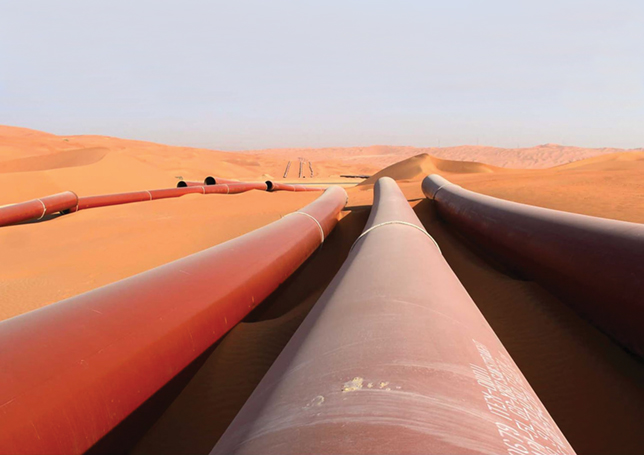
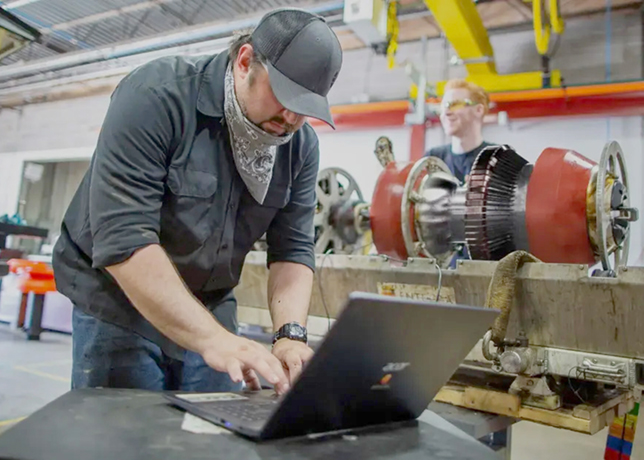



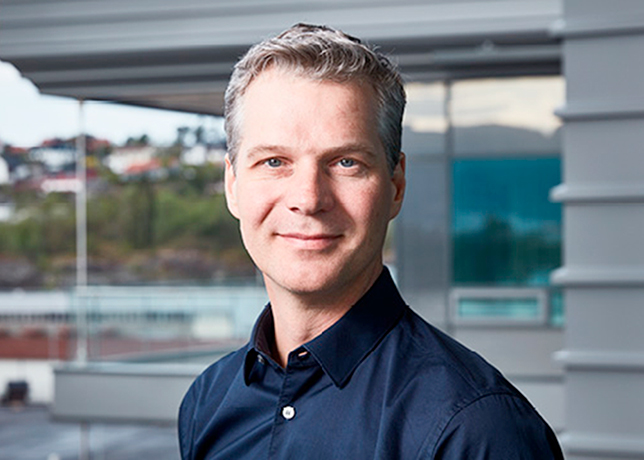
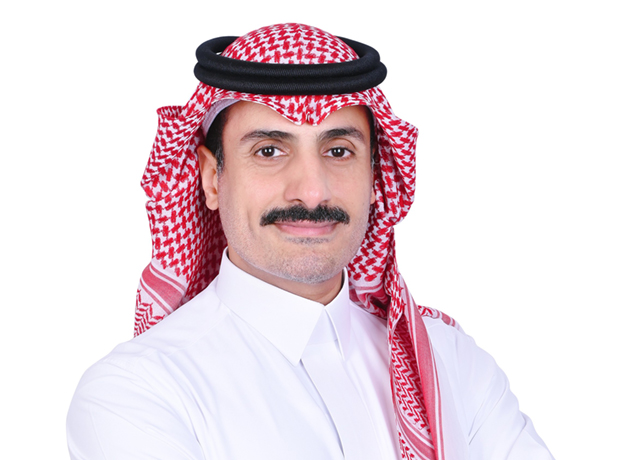

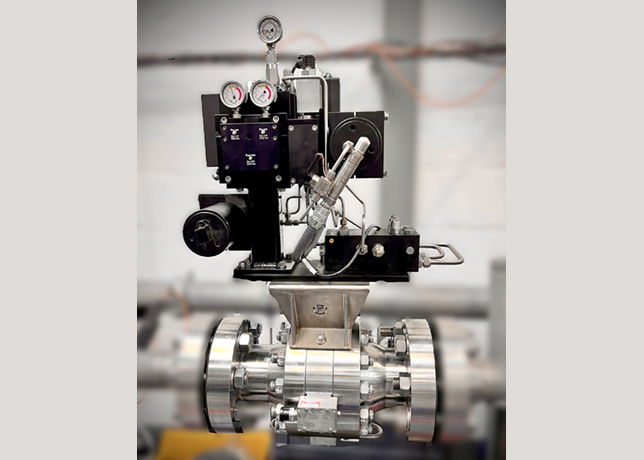
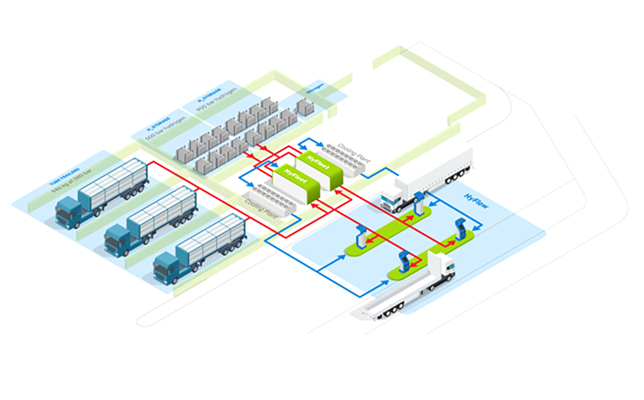
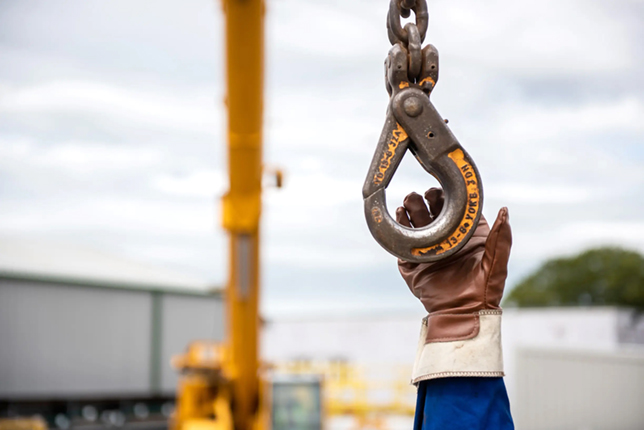
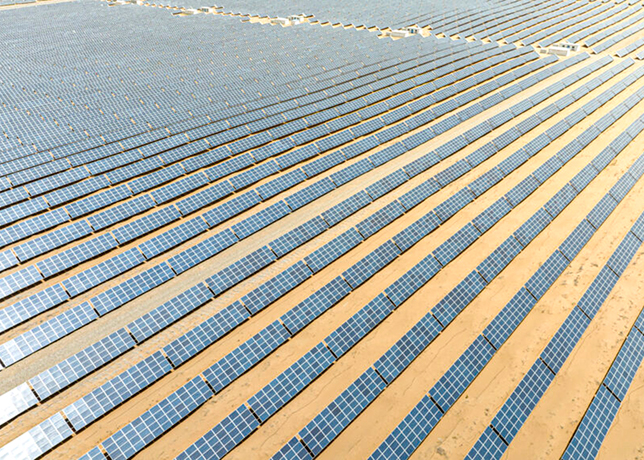

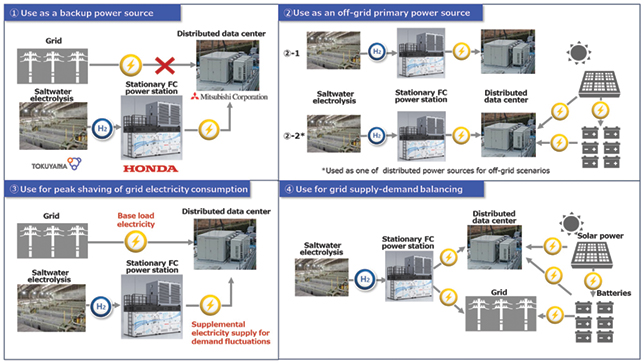


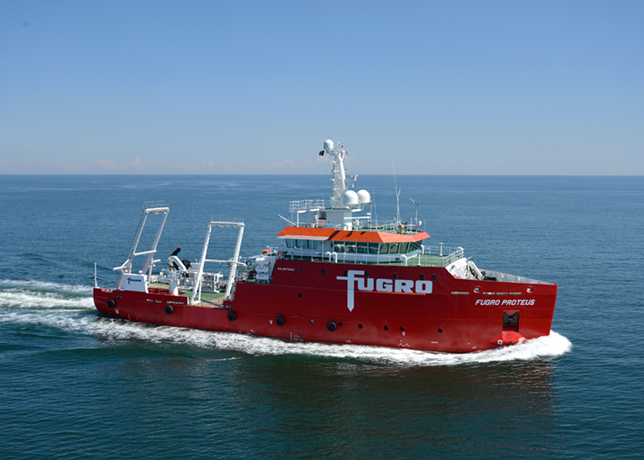


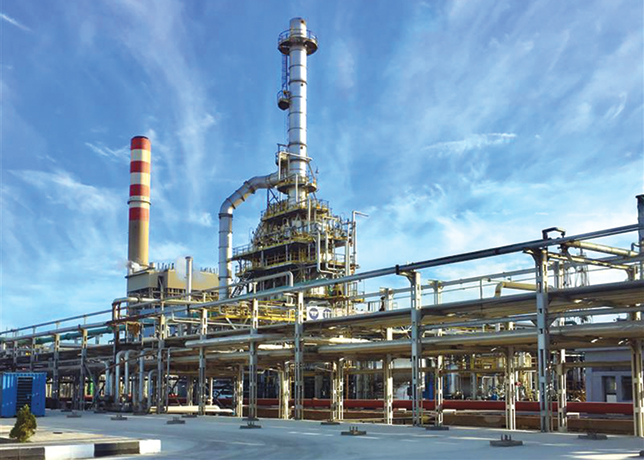
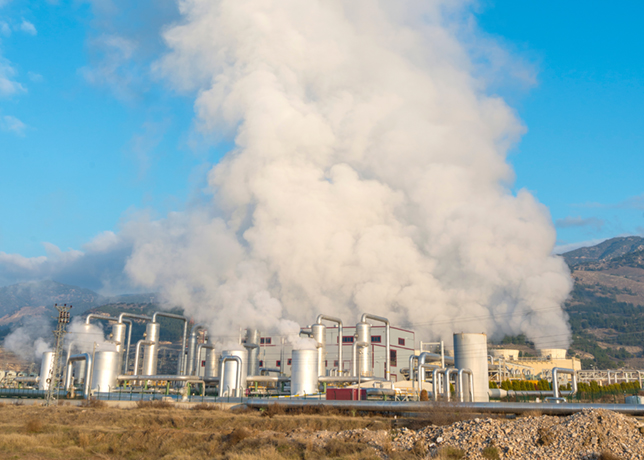
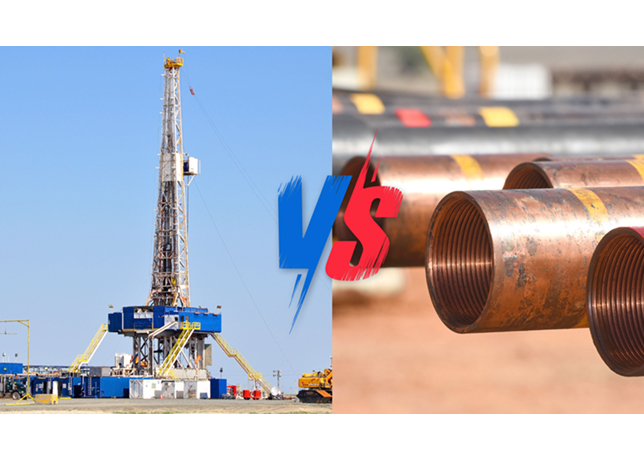
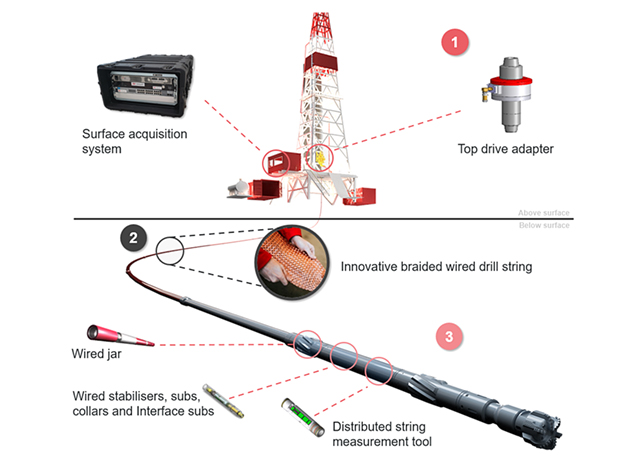

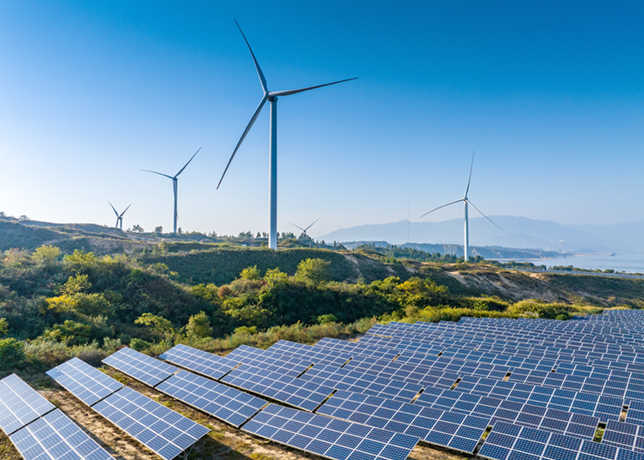




-is-one-of-the-world.jpg)
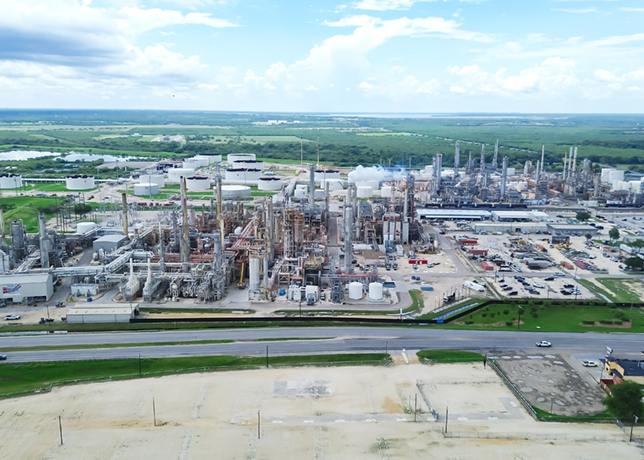
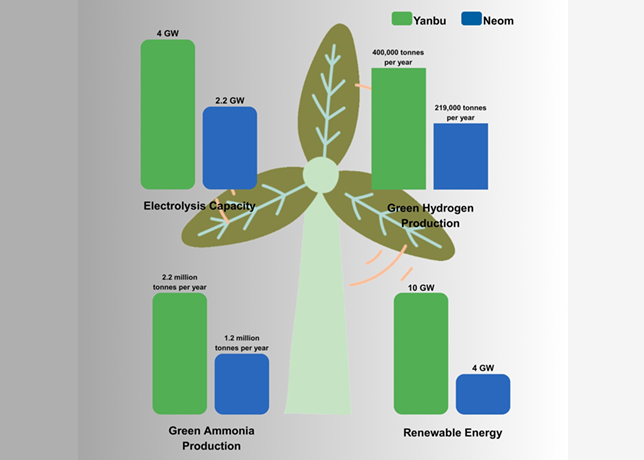

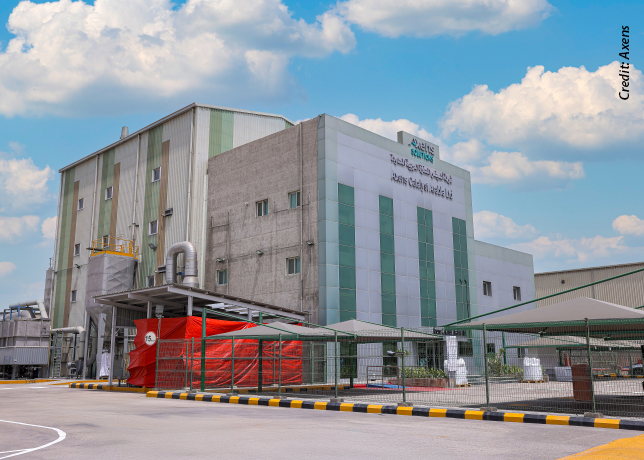

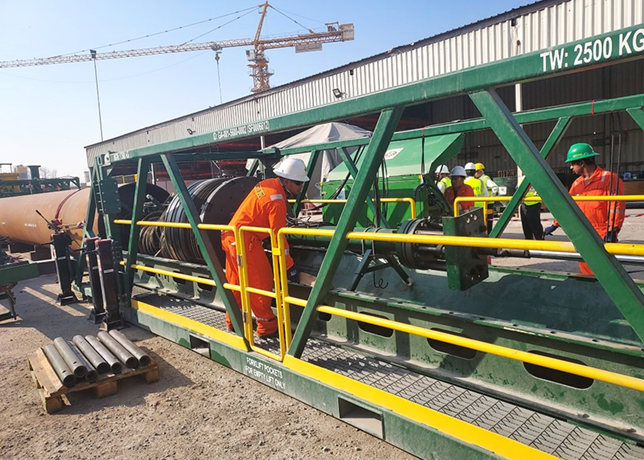
-(4)-caption-in-text.jpg)
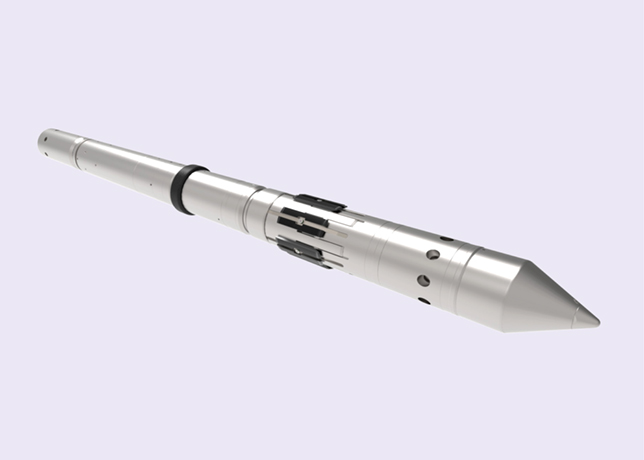
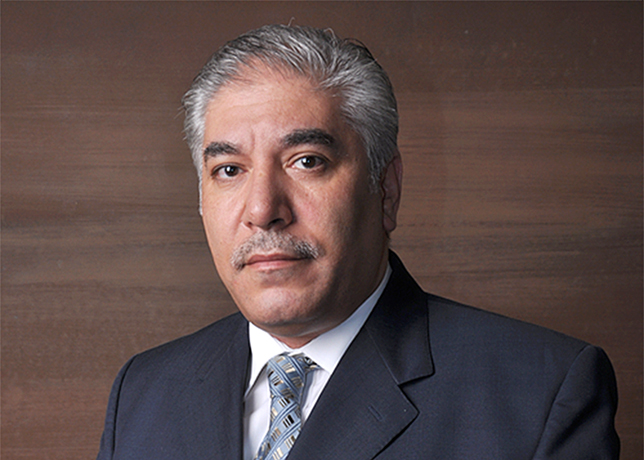


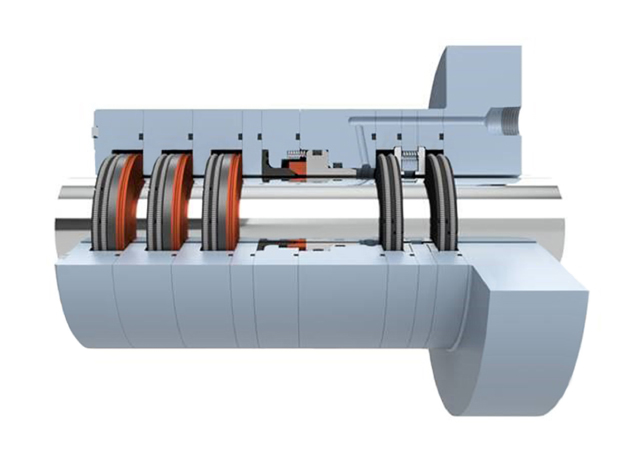

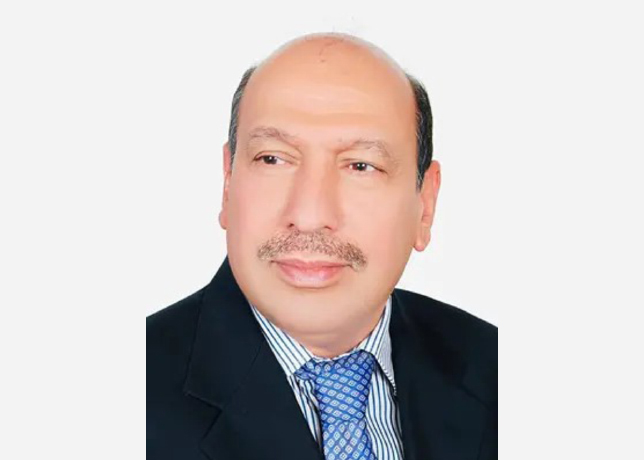
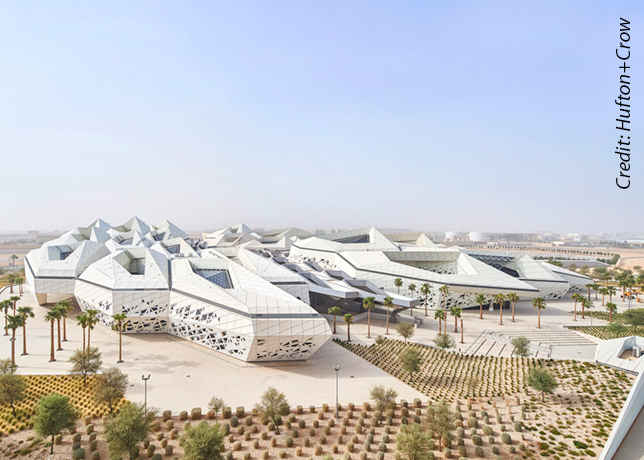
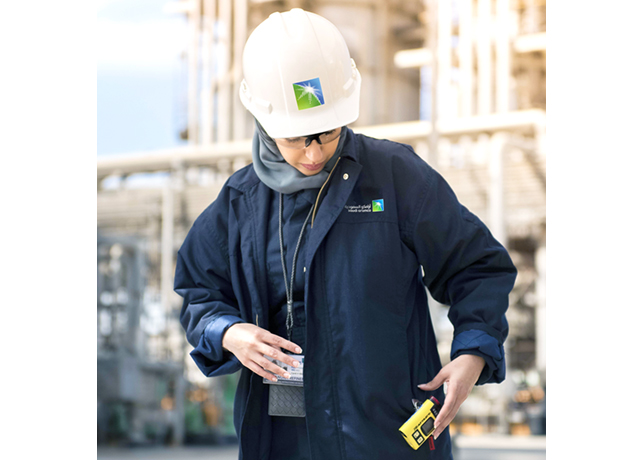
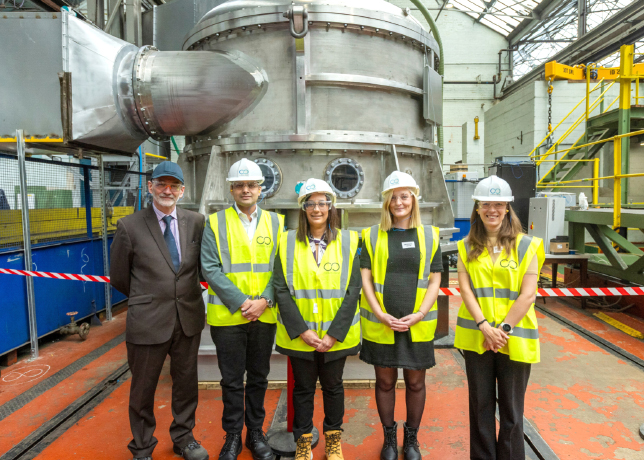
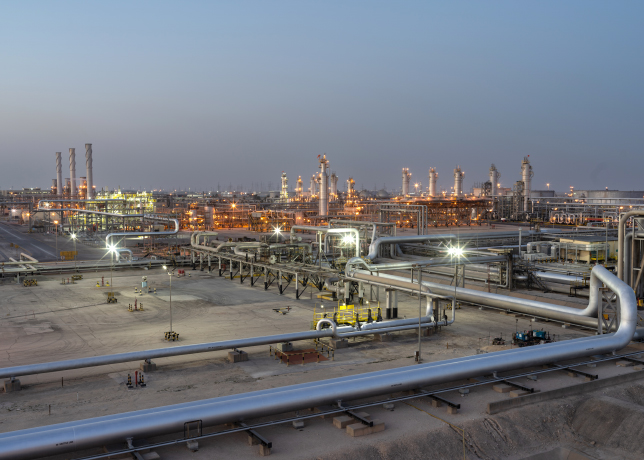
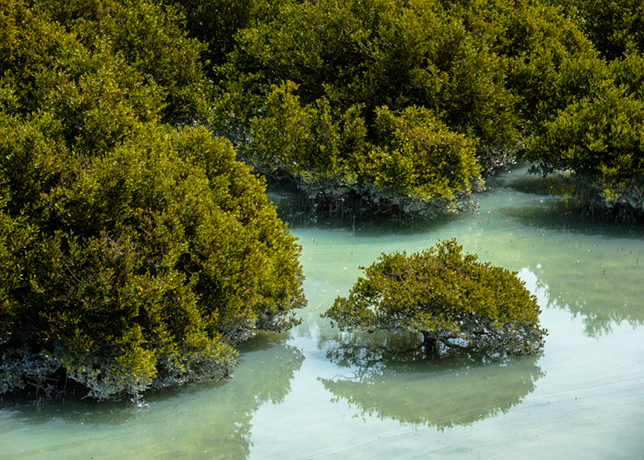
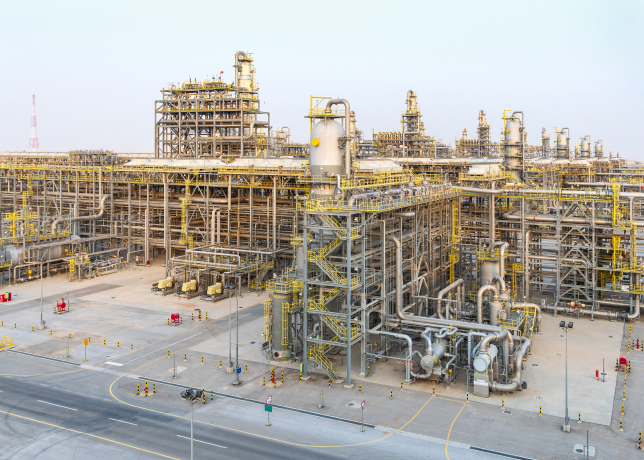
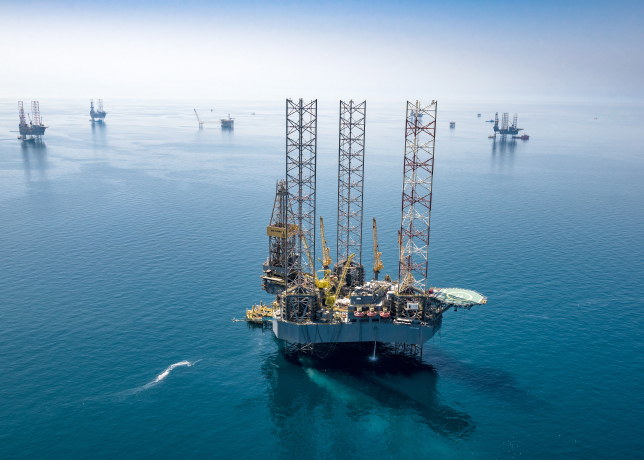

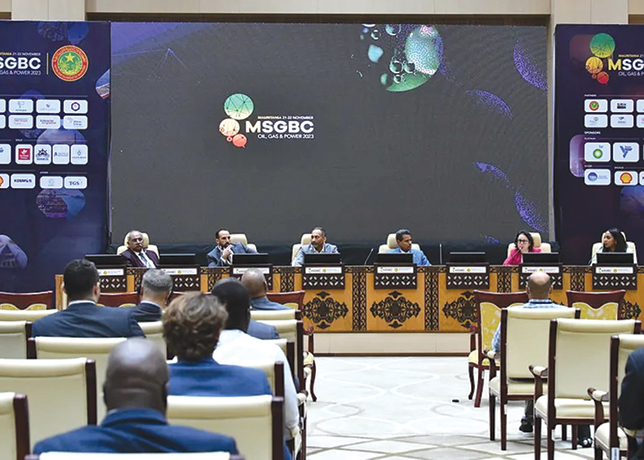
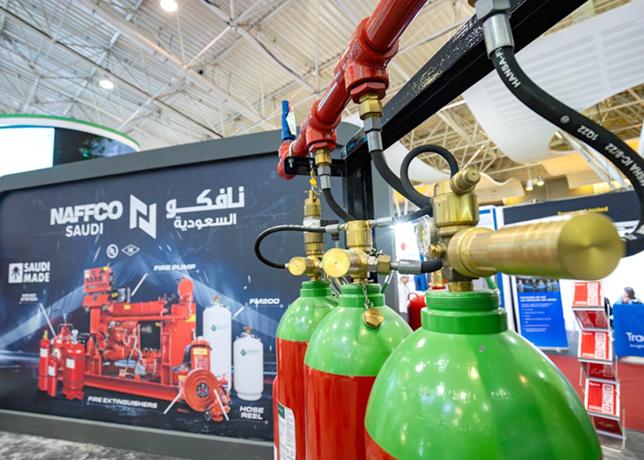
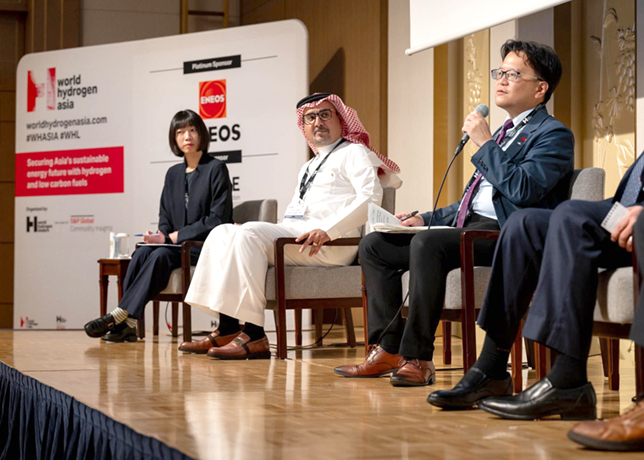
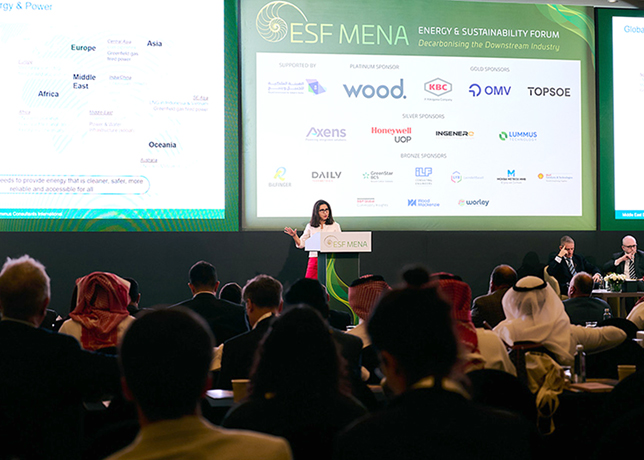
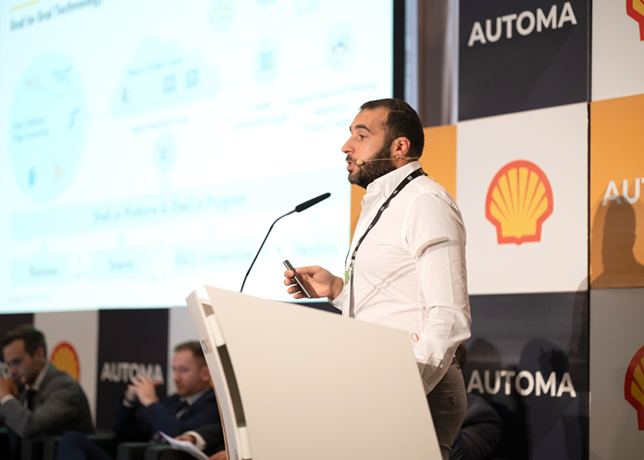
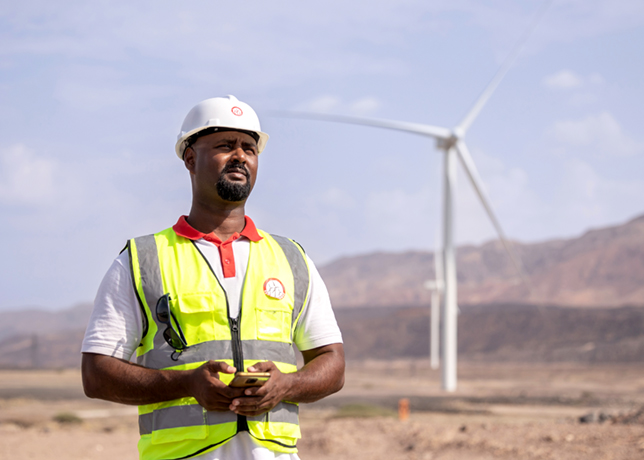
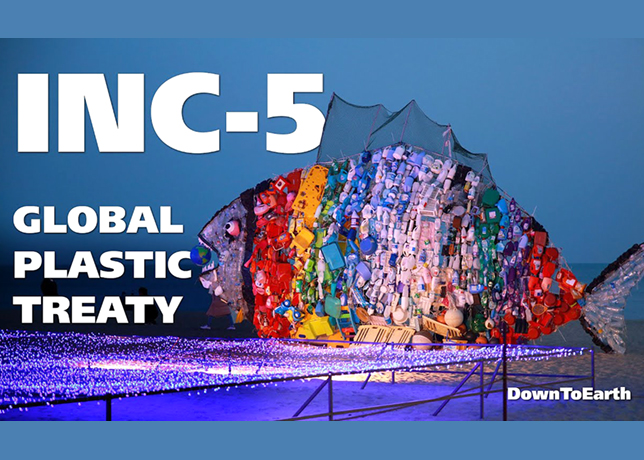
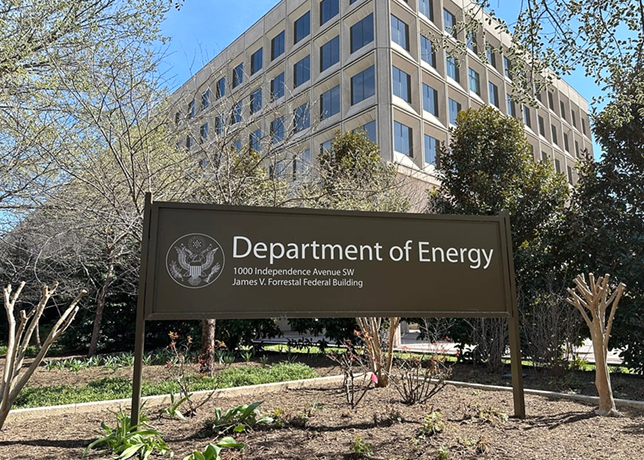


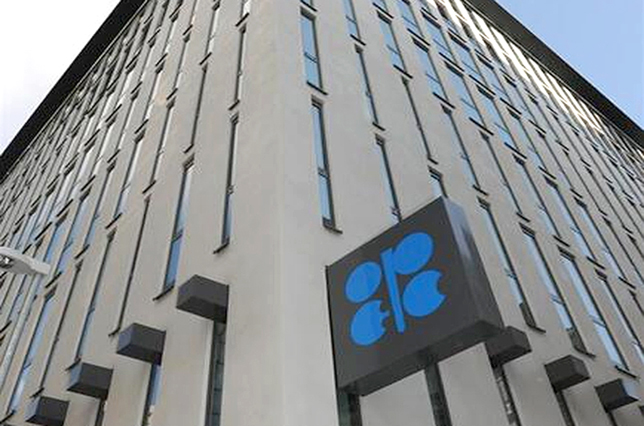

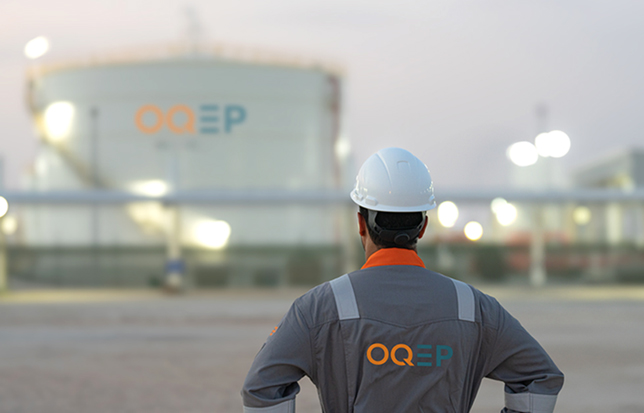
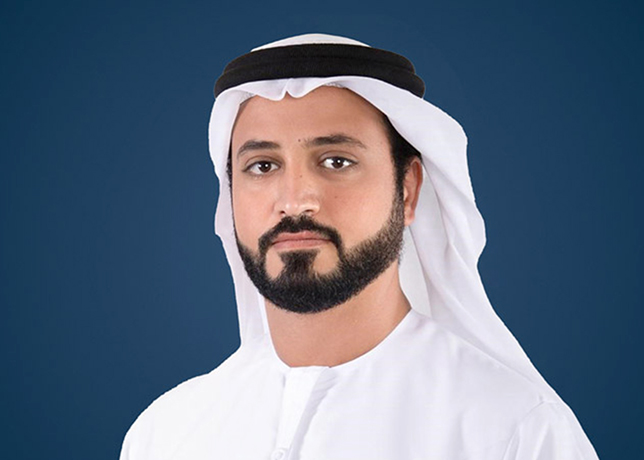
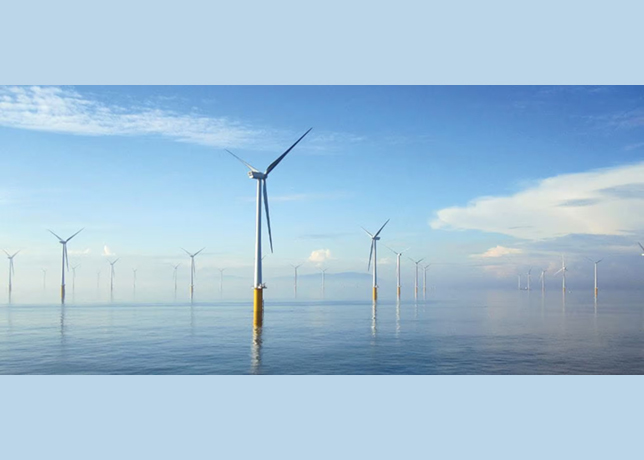





































.jpg)




.jpg)